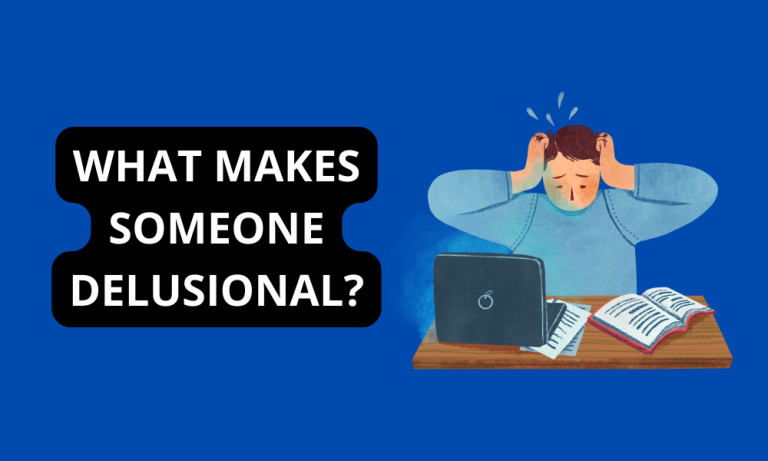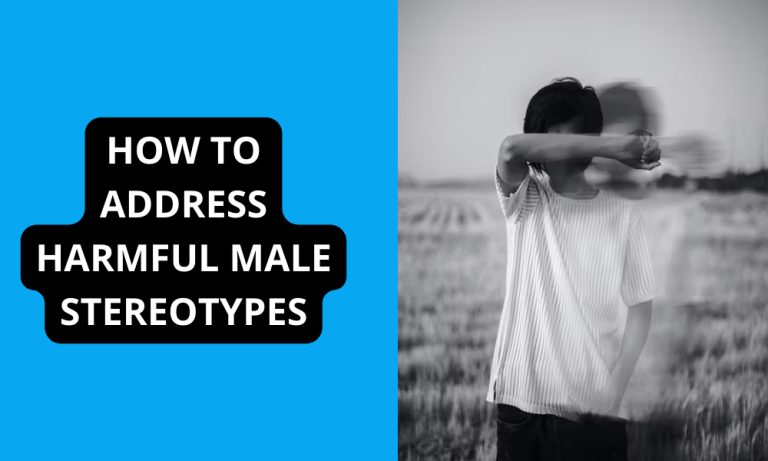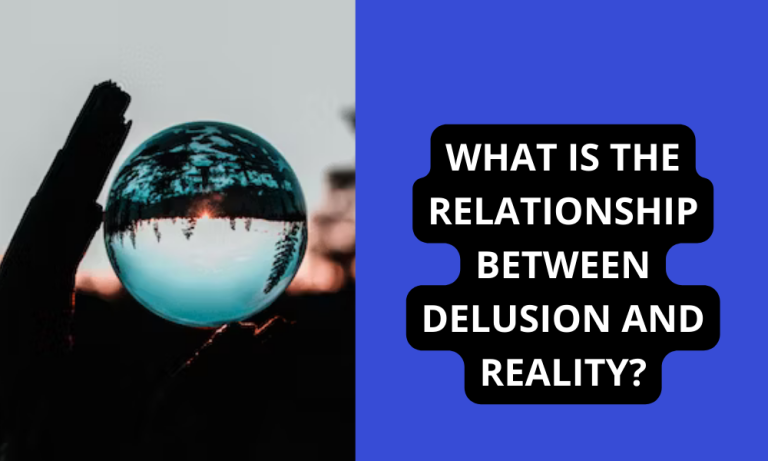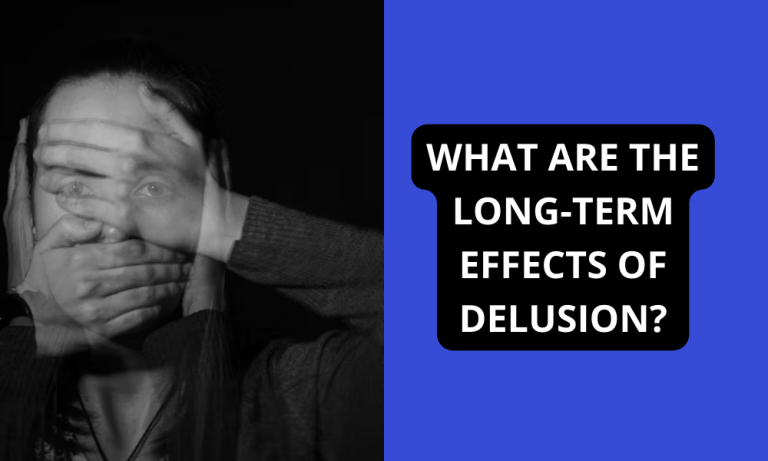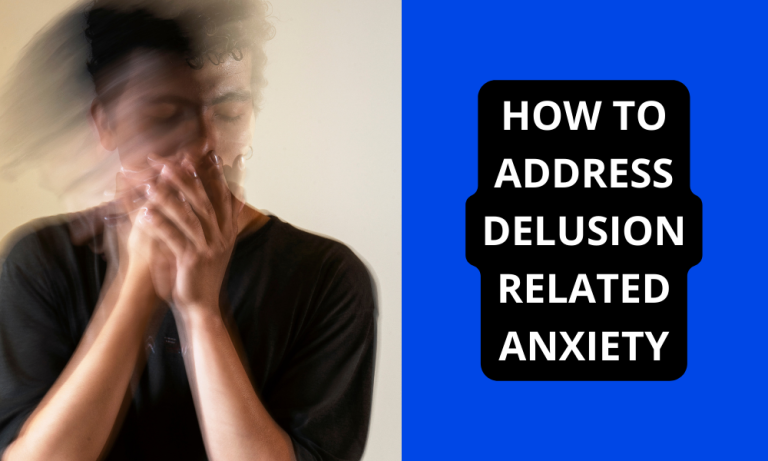Social Expectations on Male Appearance Guide

In today’s world, it’s not just women who feel pressure about how they look. Men also have expectations about their appearance. These expectations come from different places like culture, what we see in movies and ads, and what people around us think is “normal.” This article is here to talk about these expectations for how men should look, what it means for them, and how things are changing.
Imagine you have a puzzle of how men should look. Every piece of the puzzle represents something people expect from men – like having a certain body shape or wearing certain clothes. But guess what? This puzzle is big, and it’s not just about looks. It’s also about how guys should act and feel. Sometimes these expectations come from what guys see in the media or what their friends say.
But here’s the thing – this puzzle is changing. More and more, people are saying it’s okay for guys to look and be different. It’s like someone is taking out pieces of the puzzle that don’t fit right. This article is all about these changes. We’ll look at how these expectations can affect guys’ feelings about themselves. And we’ll also celebrate the progress that’s being made to make things better for everyone. So, let’s dive in and learn about the puzzle of male appearance together.
The Evolution of Male Appearance Standards
Followings are the evolutions of male appearance standards that we may consider:
Historical Perspectives on male beauty
Throughout history, different cultures have had varying ideals of male beauty. For instance, ancient Greek and Roman civilizations admired muscular and athletic physiques, associating them with strength and power. In contrast, a softer and more voluptuous appearance was considered attractive during the Renaissance period. These historical perspectives reveal that beauty standards for men have always been subject to change and cultural influences.
Cultural Influences on male appearance
Cultural norms play a significant role in shaping expectations for male appearance. Different societies have different ideals, ranging from the rugged and masculine image of a cowboy in Western cultures to the clean-shaven and well-groomed look often associated with professionalism. These expectations are often deeply ingrained and can significantly impact an individual’s self-perception and confidence.
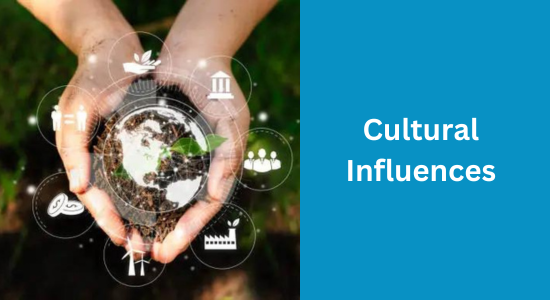
Media and societal expectations
In the modern age, media plays a pivotal role in shaping societal expectations. Men are bombarded with images of chiselled bodies, flawless skin, and trendy fashion. Advertisements, movies, and television shows often portray men who fit these ideals as successful, confident, and desirable. This constant exposure to unrealistic standards can create a sense of inadequacy and pressure to conform. Check out the Male Reality Calculator to see the actual results!
Body Image and Self-Esteem
Impact of societal pressure on body image
The societal pressure to attain an idealized appearance can take a toll on a man’s body image. Many men need to conform to a particular body type, such as having well-defined muscles or a slim physique. This constant pursuit of an unattainable ideal can lead to body dissatisfaction, low self-esteem, and even the development of eating disorders.
Mental health consequences
The negative impact of societal expectations on male appearance extends beyond body image. Men who fall short of these standards may experience heightened anxiety, depression, and feelings of inadequacy. The pressure to conform to unrealistic ideals can significantly strain mental well-being, highlighting the importance of addressing these issues.
Male eating disorders
While eating disorders are often associated with women, men also suffer from these conditions. The pressure to achieve a particular body shape or weight can lead to disordered eating habits and a distorted relationship with food. However, due to the stigma surrounding eating disorders in men, awareness and support for male-specific issues in this area are often lacking.

Changing Attitudes and Acceptance
Body positivity movement
In recent years, there has been a growing movement towards body positivity, challenging the traditional beauty standards imposed on both women and men. This movement promotes acceptance and self-love for all body types, emphasizing that beauty comes in diverse forms. By challenging the narrow ideals of male appearance, the body positivity movement encourages men to embrace their unique features and reject societal pressures.
Breaking gender stereotypes
The rigid gender stereotypes that dictate how men should look and behave are slowly being dismantled. Society is beginning to recognize that masculinity is not defined solely by physical appearance but also by qualities such as emotional intelligence, compassion, and vulnerability. Breaking free from traditional expectations allows men to express themselves authentically and embrace their individuality.
Embracing diversity and individuality
Diversity and inclusivity are becoming increasingly valued in society. Men of different body shapes, sizes, and ethnicities are celebrated for their unique qualities and appearances. Recognizing diverse male beauty standards fosters an environment where individuals feel accepted and valued, regardless of how well they conform to traditional norms.
Grooming and Fashion Trends
Popular male grooming practices
Grooming habits have evolved, and men now have many options to enhance their appearance. From skincare routines to facial hair styling, grooming plays a significant role in male self-care. Men are increasingly embracing these practices to feel more confident and present themselves in a way that aligns with their style.
Influence of the fashion industry
The fashion industry has a substantial influence on male appearance standards. Men’s fashion trends constantly change, dictating what is considered stylish. This influence can create a sense of urgency to keep up with the latest trends and invest in specific clothing items. However, men must balance personal style and societal expectations to maintain authenticity.
Balancing personal style and societal norms
While it is essential to consider societal expectations, it is equally crucial for men to express their style. Fashion and grooming choices should be driven by individual preferences rather than solely catering to external pressures. Finding a balance between personal expression and societal norms allows men to feel comfortable and confident in their appearance.
Masculinity and Male Appearance
Traditional masculinity ideals
Historically, traditional masculinity has been closely tied to physical strength, dominance, and an idealized image of manhood. These ideals often promote a hyper-masculine and muscular physique, which can be challenging for many men to attain. However, societal perspectives on masculinity are evolving, encouraging a broader definition encompassing various characteristics and appearances.
Reevaluating masculinity norms
The reevaluation of masculinity norms is vital for promoting a healthy and inclusive understanding of male appearance. Men should feel free to embrace their individuality and express themselves without fear of judgment or rejection. Challenging the narrow definition of masculinity allows for a more comprehensive understanding of what it means to be a man.
Redefining What It Means to Be a Man
Redefining male appearance standards requires dismantling the idea that there is only one correct way to be a man. Encouraging men to focus on qualities such as kindness, empathy, and authenticity rather than solely physical attributes is crucial. Redefining masculinity paves the way for a more inclusive and supportive society that values individuals for their unique qualities.
The Role of Social Media
Impact on male appearance standards
Social media has become a robust platform that shapes societal expectations, including those related to male appearance. The constant exposure to carefully curated images can create unrealistic comparisons and lead to feelings of inadequacy. Individuals must approach social media critically, recognizing that the content often represents an idealized reality.
Comparison and self-comparison
Social media platforms can foster a culture of comparison, where individuals measure their appearance and worth against others. Men may find themselves comparing their bodies, grooming routines, or fashion choices to those they see online. This comparison can be detrimental to self-esteem and perpetuate the notion that one’s appearance defines their value as a person.
Promoting unrealistic ideals
One of the downsides of social media is the promotion of unrealistic ideals of male appearance. Filters, editing tools, and staged photos contribute to a distorted perception of what is “normal.” Men must remember that social media often portrays an edited and filtered reality, and true beauty extends beyond the digital realm.
Building Confidence and Self-Acceptance
Emphasizing inner qualities and strengths
While external appearance is often emphasized, focusing on inner qualities and strengths is equally essential. Developing self-confidence based on personal achievements, talents, and values can help men navigate societal expectations with resilience. Recognizing and celebrating one’s unique qualities can contribute to a sense of self-worth beyond physical appearance.
Encouraging self-care and self-expression
Self-care is essential for maintaining overall well-being and confidence. Men should prioritize self-care activities that align with their individual needs, whether exercise, meditation, hobbies, or spending time with loved ones. Additionally, self-expression through fashion, grooming, or creative outlets can be a powerful way to assert one’s identity and boost confidence.
Seeking support and professional help if needed
If societal expectations surrounding male appearance negatively impact mental health and self-esteem, it is crucial to seek support. Men should feel comfortable contacting friends, family, or mental health professionals for guidance and assistance. Therapy can provide a safe space to explore and address the underlying issues related to societal pressures and body image concerns.
Frequently Asked Questions
Is it possible for men to break free from traditional masculinity ideals?
Yes, men can break free from traditional masculinity ideals by embracing their individuality, challenging gender stereotypes, and redefining what it means to be a man.
What can men do to build confidence and self-acceptance?
Men can build confidence and self-acceptance by emphasizing their inner qualities and strengths, practising self-care, self-expression, and seeking support when needed.
Conclusion
The social expectations of male appearance are complex and ever-evolving. While men face pressures to conform to specific standards, society is gradually becoming more inclusive and accepting. Redefining masculinity, embracing diversity, and challenging unrealistic ideals are crucial steps toward fostering a healthier environment for men to navigate appearance-related expectations. Men can cultivate confidence and self-acceptance by focusing on inner qualities, embracing personal style, and seeking support when needed.

